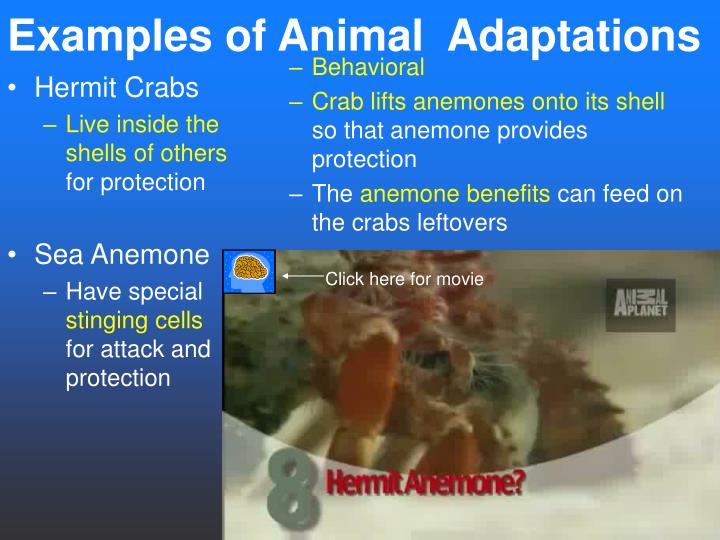Marine Animals Adaptations Examples. Some animals are adapted entirely within watery medium and others are adapted to land. The shape of a bird’s beak helps them to eat food as well as make nests.

Specialization to temperatures at or below 0 degrees c is associated with an inability to survive at temperatures above 3. Ask students to predict how different ocean habitats might affect the animal adaptations seen there. For example, the fin whale can empty and refill its huge lungs in less than 2 seconds.
Likewise, The Interdigital Membranes Of Amphibians And Birds (The Webbing Between.
What examples of animal adaptation can you think of near where you live? Through the creation of the project, i learned how to help students analyze a problem they were presented in order to. In the case of aquatic animals, they can’t survive outside of water.
The Following Are Some Examples Of Adaptations Of Organisms Within Habitats Found In Marine Environments Like The Bay Of Plenty.
Animals from polar seas exhibit numerous so called resistance adaptations that serve to maintain homeostasis at low temperature and prevent lethal freezing injury. At least three genera of the snake family paleophidae were marine animals and lived between the cretaceus and the. Also, marine animals cannot survive in freshwater.
The Shape Of A Bird’s Beak Helps Them To Eat Food As Well As Make Nests.
They live in all marine habitats, and they are similar to insects living on land. Students examine marine organisms from three different habitats (sandy beach, rocky shore and estuary) and explore the many ways they adapt to their particular environment. Keelback snakes can eat young toads as they are able to handle low levels of the cane toad’s poison.
The Mane Of The Arctic Caribou , Its Own Horns Also Present In Female.
Here are several specific examples of animal adaptations caused by evolution: They spend the rest of their time in the cold arctic ocean. In order to collect the sunlight needed for photosynthesis, plants in coral reefs have larger cells.
For Example, Small Planktonic Copepods, A Species Of Crustacean That Lives In Antarctica’s Waters, Have 70% Body Fat, Making Them One Of The Fattest Organisms In The World.
Some of the most amazing adaptations are from ocean animals like sharks, jellies, starfish, stingrays and dolphins. Giraffe's long neck help them reach food high up in trees that other animals cannot reach. Habitats are classified into two domains: